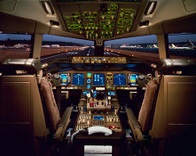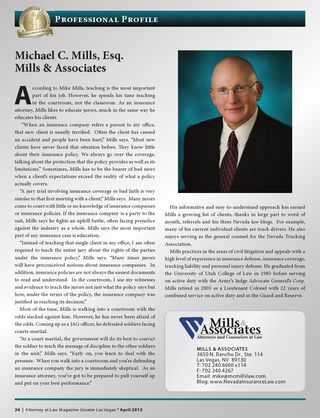 Typically after an airplane crash, the focus is on what went wrong. In the case of the recent crash of Asiana Flight 214 from Seoul, Korea to San Francisco the question should be framed as “what went right?” After all, 307 passengers and crew made it off the plane alive; only three lives were lost. This speaks volumes about the integrity of the Boeing 777 airplane, the training and preparedness of the 12 flight attendants on board and the comportment of the passengers who remained orderly and followed crew member instructions while deplaning.
Typically after an airplane crash, the focus is on what went wrong. In the case of the recent crash of Asiana Flight 214 from Seoul, Korea to San Francisco the question should be framed as “what went right?” After all, 307 passengers and crew made it off the plane alive; only three lives were lost. This speaks volumes about the integrity of the Boeing 777 airplane, the training and preparedness of the 12 flight attendants on board and the comportment of the passengers who remained orderly and followed crew member instructions while deplaning.
The Boeing 777 was in development in the late 1980s and early 90s when many of the safety features which contributed to this positive outcome were first available. The Asiana aircraft involved in the crash, HLO7742, was a Boeing 777-200ER, which debuted in 1997. The HL7442 has been in use by Asiana Airlines since 2006. Among the advances in the 777 are stronger seats, fire resistant plane interiors and stronger planes. In addition, the exit doors on the 777 are more easily opened. The passenger seats on the 777 can withstand forces of at least 16 times that of gravity. If the plane had been built to older specifications, seats could have pushed together, crushing passengers and making escape more difficult. In addition, more fire-retardant seats and flooring are made from materials which are slower to burn and do not give off dangerous fumes, both of which can impede passenger evacuation. Overall, the 777 is one of the safest aircrafts in the air. According to the National Transportation Safety Board (NTSB), there have been 57 incidents involving the 777 since mid-1997, most of them minor. The most serious prior incident occurred in January 2008 when a British Airways flight 38 arriving at Heathrow airport from Beijing crashed short of the runway. There were no fatalities. The crash was later determined to be attributable to ice crystals forming on the fuel line during the long flight.
The flight attendants went above and beyond in providing for the evacuation of passengers. Their actions are best summed up by the picture of the flight attendant carrying a young boy on her back when he was afraid to slide down the inflated shoot despite having sustained a fractured tailbone herself.
Credit is also due to the passengers who managed to remain composed even under these most stressful circumstances. Despite some passengers attempting to evacuate with their carry-on luggage after being instructed to leave all personal belongings behind, the passengers were orderly and patiently waited their turn to evacuate.
It will be a long time before we learn what went wrong on Flight 214 despite their being four pilots in the cockpit. In the meantime, we should give credit where credit is due: to Boeing for their attention to safety details, to the flight attendants who performed as instructed in an emergency situation, and the passengers who did not compound the tragedy by stampeding the exits.
 Follow
Follow Email
Email


